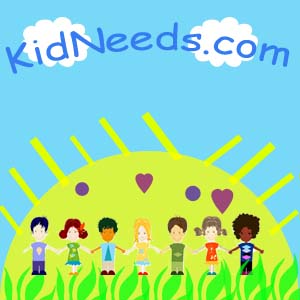
A learning disability is defined as a "disorder in one or more of the basic psychological processes involved in understanding or in using spoken or written language, which may manifest itself in an imperfect ability to listen, think, speak, read, write, spell or to do mathematical calculations." Learning Disabilities include "such conditions as perceptual disabilities, brain injury, minimal brain dysfunction, dyslexia, and developmental aphasia."
According to federal law, learning disabilities do not include learning problems that are primarily the result of visual, hearing, or motor disabilities; mental retardation; or environmental, cultural, or economic disadvantage. Definitions of learning disabilities also vary among states.
Having a single term to describe this category of children with disabilities reduces some of the confusion, but there are many conflicting theories about what causes learning disabilities and how many there are. The label "learning disabilities" is all-embracing; it describes a syndrome, not a specific child with specific problems. The definition assists in classifying children, not teaching them.
It is important to remember that there is a high degree of interrelationship and overlapping among the areas of learning. Therefore, children with learning disabilities may exhibit a combination of characteristics. These problems may mildly, moderately, or severely impair the learning process.
KidNeeds.com is committed to providing our visitors and subscribers with access to accurate and timely information on a broad range of topics relative to neurological impairments. If you have any special requests or would like to see a specific topic covered in this informational section, please e-mail us at

